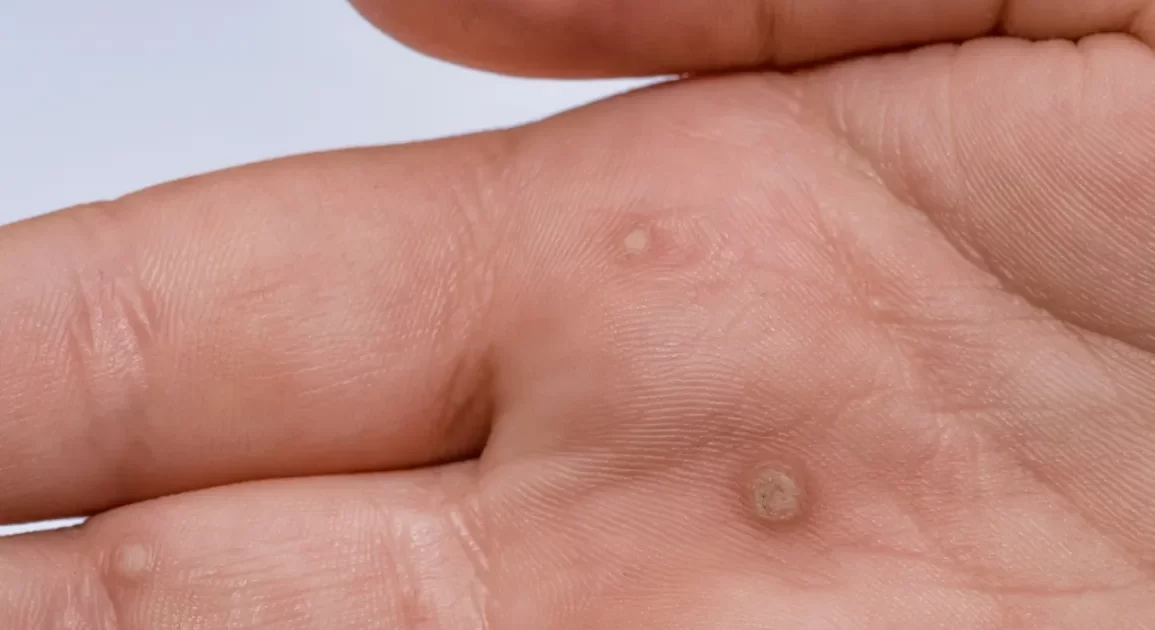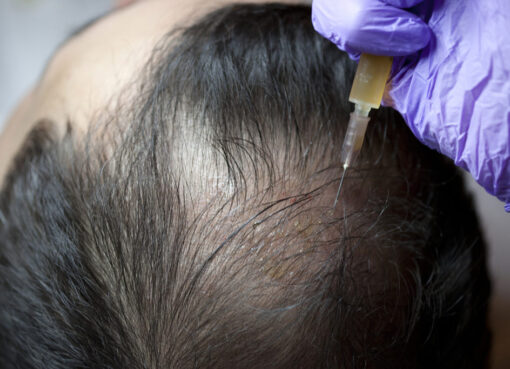Anyone can develop warts, especially if you have a habit of walking barefoot at local pools or saunas. While warts may not be a severe medical problem, they can be uncomfortable and can limit mobility. If you are looking for a conservative treatment for Mission Viejo warts, the Aloha Foot & Ankle have your back.
Different types of warts
Warts are small benign growths that develop on the skin of your feet, fingers, or hands. There are different types of warts, including:
- Common warts
Common warts can develop anywhere on your body, but they often affect the toes and backs of your fingers. They have a thick, rough, grainy look and a rounded top, making them look like cauliflower. These warts are rarely painful and often disappear without medical intervention.
- Plantar warts
Plantar warts often develop on the soles of the feet, and unlike common warts, these warts grow into the skin and not out of it. You may have a plantar wart if you have a small hole in your sole surrounded by hardened skin.
- Flat warts
Also called juvenile warts, flat warts often develop on your arms, thighs, and face. They are hardly noticeable due to their small size. Flat warts can grow anywhere there is a break or cut in your skin, especially after shaving your legs or face. They are more prevalent in children and can be transmitted from one individual to the other.
- Filiform warts
Filiform warts develop around the nose or mouth but can spread to other parts of your body. These warts are shaped like tiny tags or flaps of skin. They are painless unless they occur in sensitive skin areas such as a fold.
- Periungual warts
These warts develop under and around your fingernails and toenails. They begin small but can grow bigger over time and spread to other parts of your skin.
Diagnosis and treatment of warts
Your provider examines your toes and feet during your appointment at Aloha Foot & Ankle Associates, Inc. They may also pare the lesion using a scalpel to search for black dots or perform a biopsy for more accurate results. If your results indicate that you have warts, the podiatrists may use topical pain-free treatments to treat them. If the infection is persistent, the team may suggest extensive eradication treatments, and if your foot warts are mild, your doctor may suggest an in-office treatment with cryotherapy or salicylic acid. If your symptoms don’t improve or your warts return, the team may recommend minor surgery.
How to prevent warts
It is almost impossible to prevent warts, but you can minimize your risk of getting them or spreading them to other people. Medical experts suggest that you avoid shaving over a wart, don’t touch other people’s warts, avoid cutting or scratching your wart, wear shoes or flip-flops when using a poo area or public locker room and keep your feet dry to prevent spreading plantar warts.
Call the Aloha Foot & Ankle Associates, Inc office for more information about warts or schedule an appointment online.





